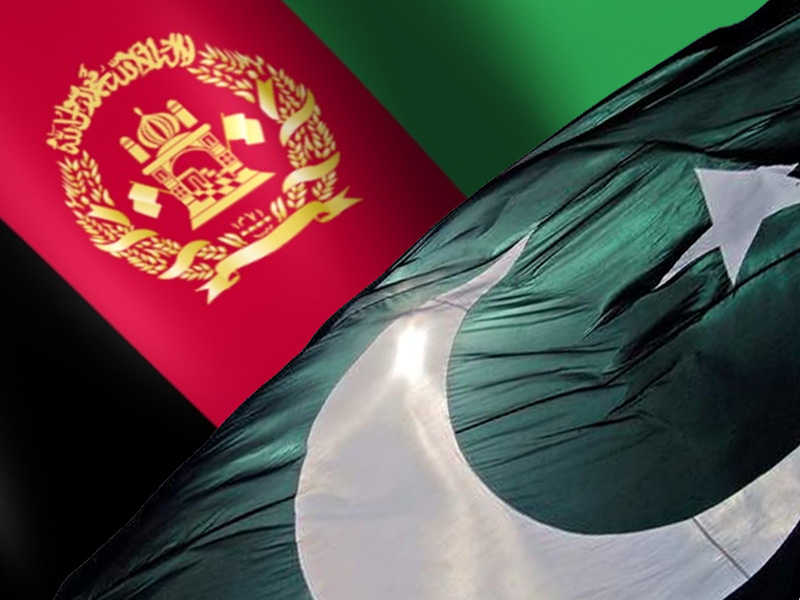The main border crossing between Pakistan and Afghanistan was reopened on Friday after remaining shut for nine days. The Torkham border, a lifeline for Afghanistan’s economy, was closed on September 6 when Pakistan and Afghan security forces exchanged fire. The clashes, as per Pakistan, were triggered by illegal construction of a structure along the border. Islamabad accused Afghan authorities of encroaching upon its territory, triggering clashes and subsequent closure of the border. The Afghan interim government, however, contested Pakistan’s claims. It said authorities were repairing an old post on the Afghan territory when the Pakistani side initiated the fire. Hundreds of trucks carrying goods remained stranded on both sides of the border for over a week. Many more people who use the border crossing to shuttle between the two countries suffered too. The border was reopened after Afghan interim Foreign Minister Amir Khan Muttaqi held talks with a senior Pakistani diplomat in Kabul. Separately, the Afghan interior minister and head of the Haqqani Network, Sirajuddin Haqqni also reached out to Pakistani authorities, requesting them to reopen the border on humanitarian grounds. The border has now been reopened but tensions are far from over.
Both sides cited the construction of a post along the border as the cause of closure and clashes. But the fact is that this was just a symptom and not the root cause of the problem. At the heart of the tensions between the two neighbours is the banned TTP. The day Pakistan and Afghan security forces clashed at the Torkham border, hundreds of TTP terrorists ambushed two security checkposts in Chitral district of KP. They launched an attack from across the border. Pakistani officials said timely intelligence prevented a major disaster as they were able to preempt the attack. Yet, at least 4 Pakistani soldiers embraced martyrdom while 12 terrorists were killed in the clashes. There were subsequent encounters in Chitral between security forces and TTP terrorists, suggesting that some of them managed to sneak into this side of the border. Pakistan has now no doubt that the Afghan Taliban have been sheltering the TTP. The attack in Chitral was seen as a pressure tactic by the Afghan Taliban. Officials here said it was possible that the TTP launched the Chitral attack at the behest of the Afghan Taliban. The Interim Afghan Taliban government is believed to have been upset over Pakistan’s recent crackdown on smugglers, a lifeline for the faltering Afghan economy. The idea, perhaps, to launch an attack in Chitral was to put pressure on Pakistan by the Afghan Taliban. It was reported that Pakistan kept the Torkham border shut because it first wanted guarantees from the Afghan Taliban to persuade the TTP to withdraw from the mountain regions of Pakistan-Afghan border in Chitral. It was said that Pakistan agreed to reopen the border after assurances from the Afghan Taliban.Play VideoClose Player
However, it seems that mere assurance may not resolve the problem. US special envoy on Afghanistan Tom West in a recent address revealed that the TTP, under the Afghan Taliban, has flourished. West said at a time when the Afghan Taliban actions considerably weakened the groups like Daesh, the TTP was posing a major threat to regional security with its increased attacks targeting Pakistan. This was clearly an indictment against the Afghan Taliban, who publicly kept denying they were harbouring TTP.
Since the change of army command, there seems to be a clear shift in Pakistan’s policy on Afghanistan. Unlike the previous dispensation, the current administration has adopted a hardline stance on TTP. Pakistan is no longer seeking talks with the TTP. The closure of the border at Torkham was the first sign that Pakistan was willing to use economic leverage against the Afghan Taliban regime. Previous governments were shying away from using that option. As a last resort, the possibility of cross-border strikes cannot be ruled out, though that may carry huge implications.

